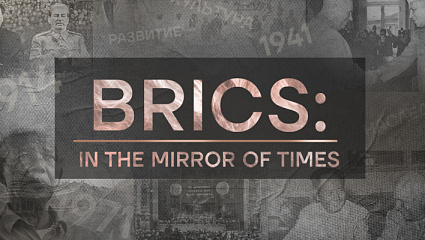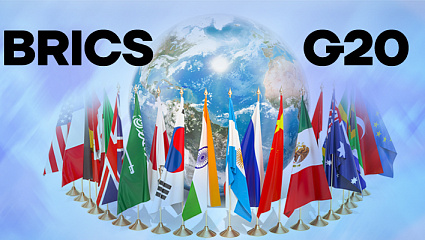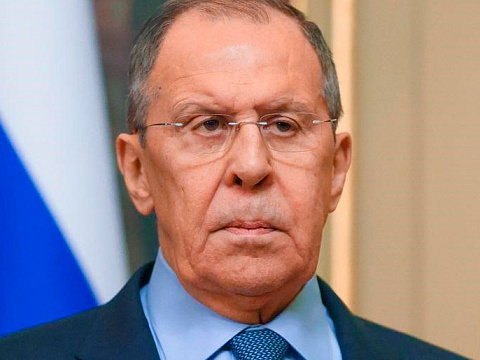Free online tool calculates risk of Covid-19 transmission in poorly-ventilated spaces
The vital role of ventilation in the spread of COVID-19 has been quantified by researchers, who have found that in poorly-ventilated spaces, the virus spreads further than two metres in seconds, and is far more likely to spread through prolonged talking than through coughing.
The results, reported in the journal Proceedings of the Royal Society A, show that social distancing measures alone do not provide adequate protection from the virus, and further emphasise the vital importance of ventilation and face masks in order to slow the spread of COVID-19. The researchers, from the University of Cambridge and Imperial College London, used mathematical models to show how SARS-CoV-2 - the virus which causes COVID-19 - spreads in different indoor spaces, depending on the size, occupancy, ventilation and whether masks are being worn. These models are also the basis of a free online tool, Airborne.cam, which helps users understand how ventilation and other measures affect the risk of indoor transmission, and how that risk changes over time.
The researchers found that when two people are in a poorly-ventilated space and neither is wearing a mask, prolonged talking is far more likely to spread the virus than a short cough. When speaking, we exhale smaller droplets, or aerosols, which spread easily around a room, and accumulate if ventilation is not adequate. In contrast, coughing expels more large droplets, which are more likely to settle on surfaces after they are emitted.
It only takes a matter of seconds for aerosols to spread over two metres when masks are not worn, implying that physical distancing in the absence of ventilation is not sufficient to provide safety for long exposure times. When masks of any kind are worn however, they slow the breath's momentum and filter a portion of the exhaled droplets, in turn reducing the amount of virus in aerosols that can spread through the space.
The scientific consensus is that the vast majority of COVID-19 cases are spread through indoor transmission - whether via aerosols or droplets. And as was predicted in the summer and autumn, now that winter has arrived in the northern hemisphere and people are spending more time indoors, there has been a corresponding rise in the number of COVID-19 cases.
"Our knowledge of airborne transmission of SARS-CoV-2 has evolved at an incredible pace, when you consider that it's been just a year since the virus was identified," said Dr Pedro de Oliveira from Cambridge's Department of Engineering, and the paper's first author. "There are different ways to approach this problem. In our work, we consider the wide range of respiratory droplets humans exhale to demonstrate different scenarios of airborne viral transmission - the first being the quick spread of small infectious droplets over several metres in a matter of a few seconds, which can happen both indoors and outdoors. Then, we show how these small droplets can accumulate in indoor spaces in the long term, and how this can be mitigated with adequate ventilation."
The researchers used mathematical models to calculate the amount of virus contained in exhaled particles, and to determine how these evaporate and settle on surfaces. In addition, they used characteristics of the virus, such as its decay rate and viral load in infected individuals, to estimate the risk of transmission in an indoor setting due to normal speech or a short cough by an infectious person. For instance, they show that the infection risk after speaking for one hour in a typical lecture room was high, but the risk could be decreased significantly with adequate ventilation.
Based on their models, the researchers have now built Airborne.cam, a free, open-source tool which can be used by those managing public spaces, such as shops, workplaces and classrooms, in order to determine whether ventilation is adequate. The tool is already in use in several academic departments at the University of Cambridge. The tool is now a requirement for any higher-risk spaces at the University, enabling departments to easily identify hazards and control-measure changes needed to ensure aerosols are not allowed to become a risk to health.
"The tool can help people use fluid mechanics to make better choices, and adapt their day-to-day activities and surroundings in order to suppress risk, both for themselves and for others," said co-author Savvas Gkantonas, who led the development of the app with Dr de Oliveira.
TV BRICS reports with reference to ANI.







 DIGITAL WORLD
DIGITAL WORLD




































